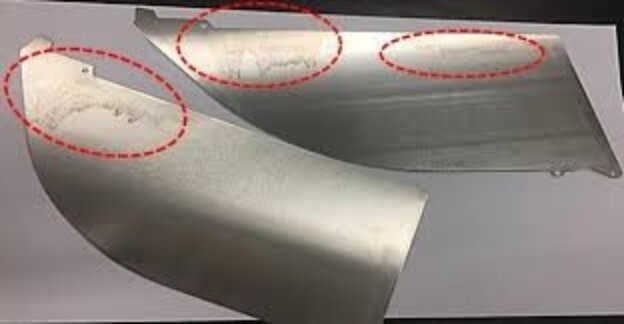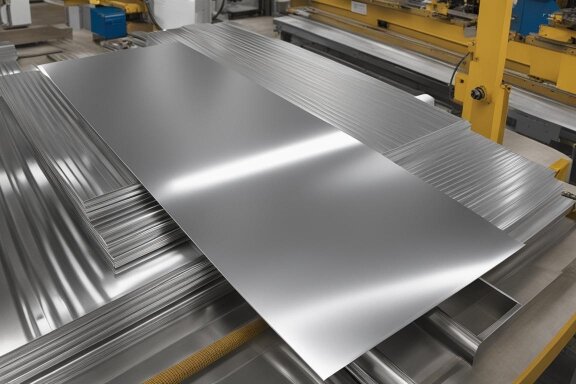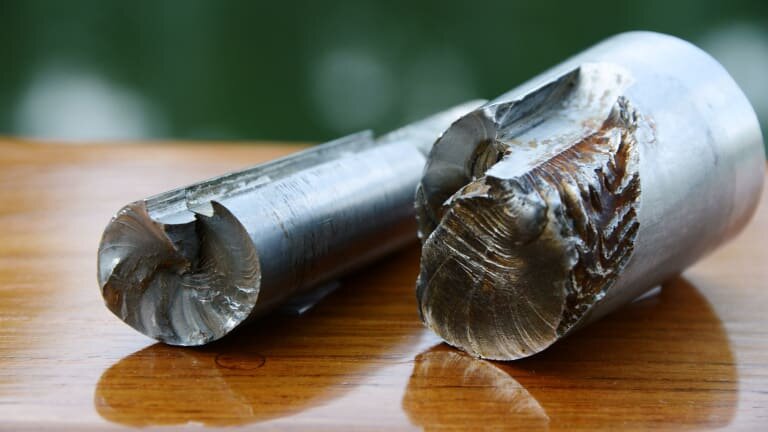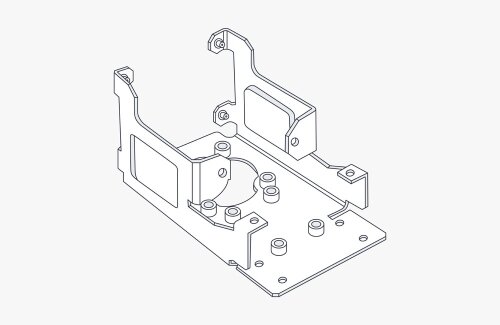Возможно, вы сталкивались с термином "малосерийное производство", но что он означает на самом деле? Подходит ли оно для вашего бизнеса? Если вы изучаете экономически эффективные способы масштабирования или тестирования идей своих продуктов, малосерийное производство может стать решением проблемы. Такой подход позволяет выпускать небольшие партии продукции, сохраняя при этом высокое качество, гибкость и эффективность.
Мелкосерийное производство имеет отличные преимущества, особенно для компаний, которым нужны гибкость, скорость и низкие первоначальные затраты. Оно идеально подходит для тестирования прототипов, выпуска ограниченного тиража продукции или мелкосерийных заказов.
Благодаря малосерийному производству компании могут избежать рисков и затрат, связанных с массовым производством, и при этом быстро получать высококачественную продукцию.
Что такое малосерийное производство?
Под малосерийным производством понимается изготовление ограниченного количества единиц продукции, как правило, от нескольких десятков до нескольких тысяч. Этот метод позволяет предприятиям выпускать продукцию в меньших масштабах, но с тем же качеством, что и при массовом производстве. Он часто используется для создания прототипов, тестирования продукции или выпуска ограниченной партии товаров. Компании могут использовать этот метод для отработки дизайна, прежде чем приступать к массовому производству.
В современном производстве малосерийное производство играет важнейшую роль в инновациях и выходе на рынок. Оно позволяет предприятиям тестировать продукцию, собирать отзывы и быстро вносить улучшения.
Когда используется малосерийное производство?
Малосерийное производство часто выбирают, когда предприятию нужно произвести небольшое количество продукции по определенным причинам. Ниже приведены некоторые повседневные ситуации, когда малосерийное производство является лучшим выбором.
Создание прототипов и тестирование продукции
Прежде чем приступить к крупносерийному производству, компании используют малосерийное производство для создания прототипов или начальных образцов. Это позволяет протестировать продукт в реальных условиях, собрать отзывы и внести необходимые изменения.
Ограниченные серии или изделия на заказ
Некоторые компании специализируются на выпуске уникальных, ограниченных серий или изделий на заказ. Малосерийное производство идеально подходит для таких случаев, поскольку обеспечивает гибкость при изготовлении небольших партий, отвечающих конкретным потребностям клиентов.
Тестирование рынка и запуск новых продуктов
Когда компания хочет выйти на новый рынок или протестировать концепцию продукта, мелкосерийное производство позволяет ей выпустить достаточное количество единиц продукции, чтобы оценить интерес клиентов, не беря на себя значительных обязательств. Это способ испытать ситуацию, прежде чем расширять масштабы.
Нишевые или специализированные продукты
Малосерийное производство идеально подходит для отраслей, где спрос на определенную продукцию ограничен, например, для высокотехнологичной электроники, специализированного оборудования или медицинских приборов. Эти продукты могут требовать индивидуального подхода, и их производство в небольших объемах позволяет снизить затраты.
Быстрое реагирование на изменения рынка
В отраслях, где быстро меняются тенденции или технологии, малосерийное производство позволяет предприятиям быстро адаптироваться. Они могут реагировать на изменения спроса или новые возможности, не привязываясь к долгосрочным графикам производства.
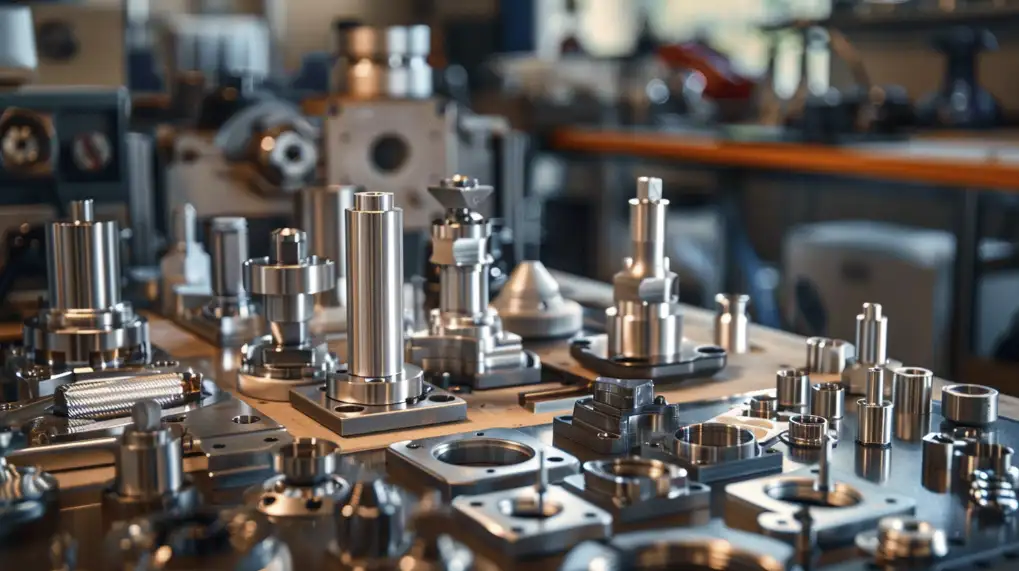
Преимущества малосерийного производства
Малосерийное производство дает ряд преимуществ, которые могут быть полезны для многих предприятий. Вот как оно может улучшить ваш производственный процесс.
Экономическая эффективность на ранних стадиях производства
Одним из ключевых преимуществ мелкосерийного производства является его экономическая эффективность на ранних этапах. Оно помогает предприятиям избежать высоких первоначальных затрат на массовое производство.
Гибкость в дизайне и материалах
Малосерийное производство обеспечивает более высокую степень гибкости в отношении дизайна и материалов. Производители могут легко изменять дизайн на основе отзывов или тестирования, что делает его идеальным для создания прототипов.
Быстрые сроки изготовления прототипов
В быстро развивающихся отраслях скорость имеет решающее значение. Малосерийное производство позволяет ускорить изготовление прототипов. Предприятия могут быстро перейти от разработки к производству и получить отзывы клиентов или заинтересованных сторон, сократив время на доработку и окончательную доводку продукта.
Быстрое и точное удовлетворение потребностей рынка
Мелкосерийное производство позволяет предприятиям быстро и точно реагировать на запросы рынка. Выпуская новый продукт или отвечая на запросы клиентов, производство небольших партий гарантирует, что продукция будет доступна в нужный момент.
Снижение рисков и затрат при разработке продуктов
Малосерийное производство снижает риски и затраты на разработку новой продукции. Начиная с небольших партий, компании могут тестировать рынок, оценивать характеристики продукта и собирать отзывы покупателей. Такое раннее тестирование помогает избежать дорогостоящих ошибок или перепроизводства.
Стандартные техники для малосерийного производства
В малосерийном производстве используется несколько производственных технологий, некоторые из которых помогают предприятиям быстро и недорого создавать небольшие партии высококачественной продукции. Вот некоторые из наиболее распространенных методов, используемых в малосерийном производстве.
Аддитивное производство (3D-печать)
Аддитивное производство(3D Printing) является одной из наиболее гибких и широко используемых технологий в малосерийном производстве. Этот метод позволяет создавать изделия слой за слоем на основе цифрового дизайна. Он позволяет создавать изделия сложной формы и подгонять их под нужды заказчика без использования пресс-форм и специальных инструментов.
3D-печать отлично подходит для изготовления прототипов, небольших партий изделий на заказ и детализированных деталей. Она экономически эффективна для производства, поскольку требует минимальных затрат на установку и быстрое изготовление.

обработка с ЧПУ
обработка с ЧПУ это точная техника, используемая для создания деталей путем удаления материала с заготовки. Она отличается высокой точностью и позволяет работать с металлами, пластмассами и другими материалами.
Обработка с ЧПУ часто используется в малосерийном производстве для создавать прототипы или уникальных компонентов для таких отраслей промышленности, как автомобильная, аэрокосмическая и медицинская. Он обеспечивает превосходную точность и качество поверхности, что делает его идеальным для мелкосерийного высококачественного производства.
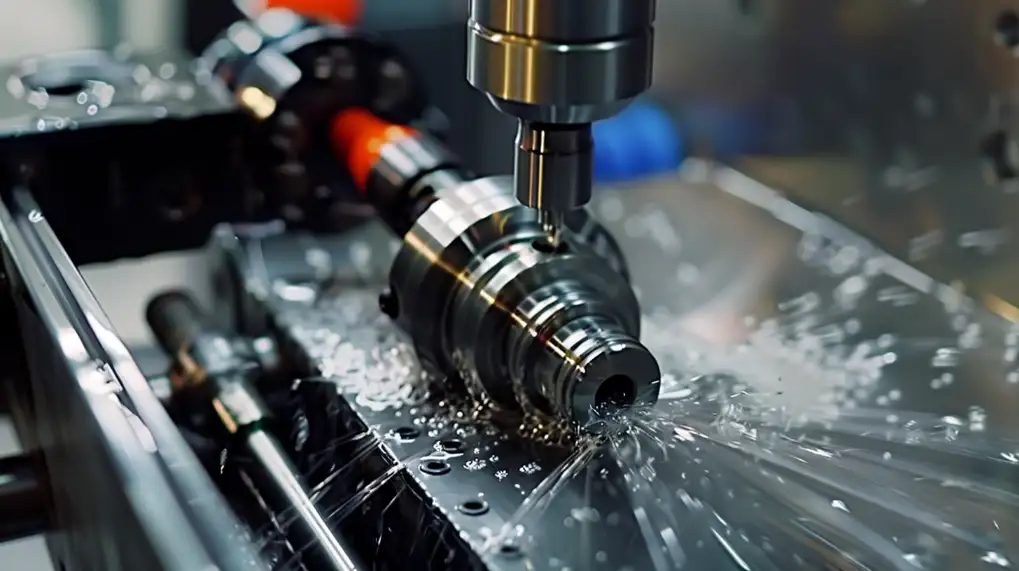
Изготовление листового металла
Изготовление листового металла это универсальный метод, используемый в малосерийном производстве для создания изделий из металлических листов. Он включает в себя такие процессы, как резка, изгиб, пробивание, и сварка для придания формы деталям.
Эта технология обычно используется для изготовления таких изделий, как корпуса, шасси и нестандартные компоненты. Производство листового металла обеспечивает гибкость в дизайне и выборе материалов, что делает его популярным в таких отраслях, как электроника, автомобилестроение и строительство.
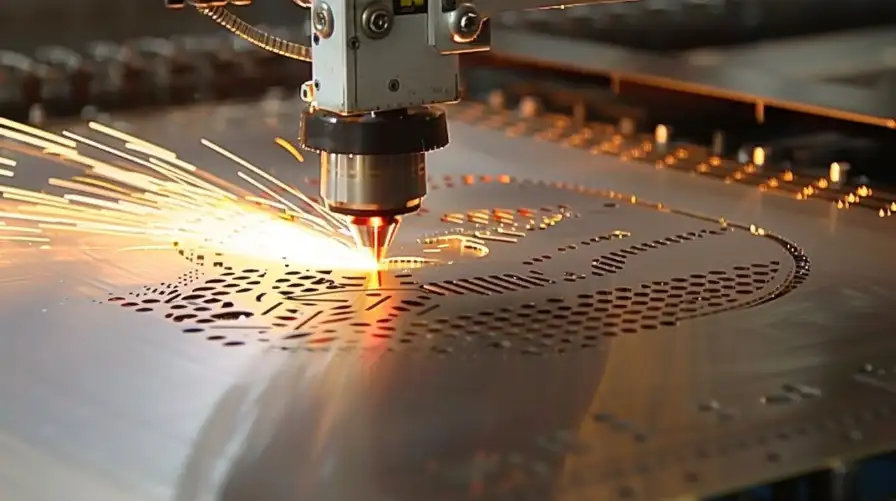
Литье под давлением
Литье под давлением это метод производства пластиковых деталей в небольших объемах. Он осуществляется путем впрыска расплавленного материала в пресс-форму для формирования нужной формы.
Основное преимущество этой технологии - возможность создавать стабильные высококачественные детали с детальной проработкой. Хотя пресс-формы могут быть дорогостоящими, они все же рентабельны при средних и малых объемах производства.
Вакуумное литье
Вакуумное литье это технология, используемая для производства пластиковых и резиновых деталей из силиконовых форм. Она предполагает заливку жидких материалов в вакуумную камеру для удаления пузырьков воздуха и обеспечения высокого качества деталей.
Этот метод идеально подходит для изготовления небольших партий, особенно когда конструкцию нужно протестировать или доработать перед массовым производством. Он полезен для быстрого создания прототипов, малосерийного производства и создания сложных деталей с жесткими допусками.
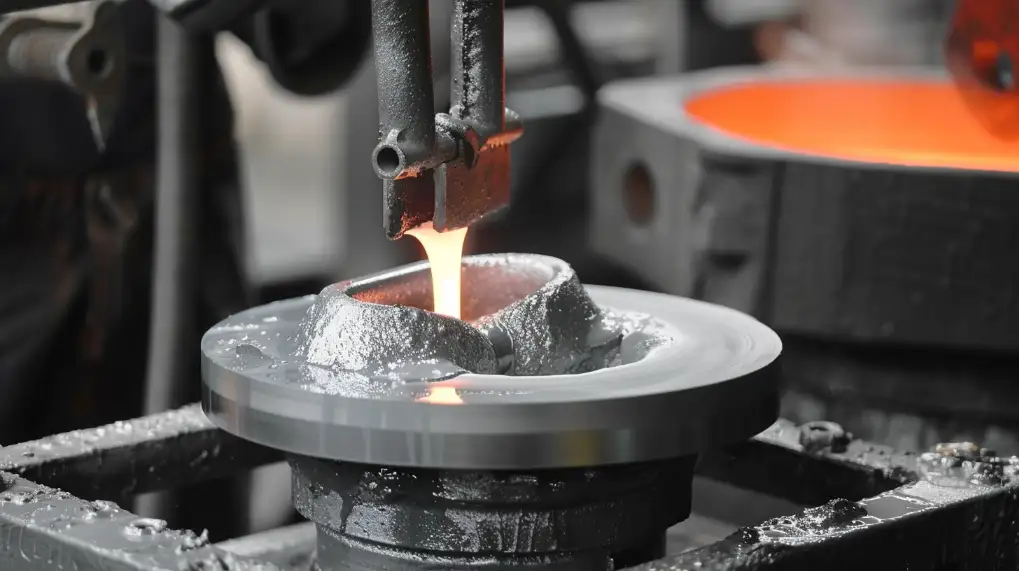
Лучшие практики для успешного малосерийного производства
Чтобы правильно организовать малосерийное производство, требуется продуманное планирование. Следуйте этим ключевым принципам, чтобы обеспечить качество, эффективность и рентабельность.
Эффективное взаимодействие с конструкторскими и производственными группами
Четкая коммуникация предотвращает дорогостоящие ошибки. Заранее предоставьте подробные файлы CAD и спецификации. Заранее обсудите конструктивные ограничения выбранного вами метода производства. Регулярные проверки позволяют поддерживать проект на должном уровне.
Планирование гибкости и масштабируемости
Выбирайте методы производства, позволяющие легко вносить изменения. Проектируйте детали с учетом будущего масштабирования. По возможности используйте модульные конструкции. Это позволит при необходимости более плавно переходить на большие объемы.
Контроль качества и процедуры тестирования
Проводите строгий контроль качества на разных этапах. Тестируйте образцы из первой партии продукции. Документируйте все измерения и допуски. Постоянное качество имеет такое же значение, как и при производстве небольших партий.
Управление сроками выполнения заказов и производственными графиками
Малый объем не всегда означает быстроту. Учитывайте время на установку и поиск материалов. Создайте резерв времени на случай непредвиденных задержек. Расставьте приоритеты для критических позиций, чтобы проекты не останавливались.
Сотрудничество с правильными партнерами-производителями
Ищите поставщиков с проверенным опытом работы с небольшими объемами. Проверьте возможности их оборудования и сертификаты качества. Хорошие партнеры предложат отзывы о конструкции и предложат альтернативные варианты экономии.
Малосерийное производство и крупносерийное производство: Сравнение
Понимание этих подходов поможет вам выбрать правильный для вашего проекта. Давайте рассмотрим ключевые различия.
Различия в технологиях производства
При небольших объемах производства предпочтение отдается таким гибким методам, как обработка на станках с ЧПУ и 3D-печать, которые требуют минимальной подготовки. При больших объемах используется специальная оснастка, например стальные литьевые формы, которые стоят дороже, но позволяют быстрее изготавливать детали.
Анализ затрат и маржи прибыли
При низких объемах производства затраты на единицу продукции выше, но первоначальные инвестиции ниже. Большой объем позволяет снизить затраты за счет эффекта масштаба. Прибыль увеличивается с ростом объема, но для безубыточности требуются более крупные заказы.
Время выхода на рынок
Малые партии позволяют быстрее выводить продукцию на рынок - часто за несколько недель, а не месяцев. Для крупносерийного производства требуется больше времени на изготовление оснастки и наладку. Обратная связь с рынком на ранних этапах более понятна при малосерийном производстве.
Масштабируемость и будущий рост
Малые объемы позволяют постепенно масштабироваться по мере роста спроса. Большие объемы требуют уверенного прогнозирования продаж. Переход между ними требует планирования - некоторые методы масштабируются лучше, чем другие.
Как определить, подходит ли малосерийное производство для вашего проекта
Выбор правильного подхода к производству экономит время и деньги. Вот как решить, подходит ли малосерийное производство для ваших нужд.
Оценка сложности продукции и спроса
Простые продукты с предсказуемым спросом часто сразу переходят к массовому производству. Сложные или непроверенные продукты выгоднее сначала выпускать малыми партиями. Спрашивайте:
- Мой дизайн уже готов или еще находится в процессе разработки?
- Четко ли понимаются потребности рынка?
- Будут ли клиенты платить за эту версию?
Оценка тестирования прототипов и итераций
Малообъемная система - это то, что нужно, когда вам нужны реальные испытания. Рассмотрите его, когда:
- Полевые испытания выявляют необходимые усовершенствования
- Вероятны многочисленные итерации дизайна
- Необходимо оценить различные варианты материалов
- Устранять неполадки в небольших партиях дешевле, чем отзывать серийно выпускаемые изделия.
Анализ затрат и выгод при малых партиях
Сравните эти факторы:
- Затраты на оснастку в сравнении с ценой за единицу продукции
- Расходы на хранение нереализованных запасов
- Упущенная выгода при изменении конструкции
- Стоимость рыночного тестирования
Низкий объем обычно выигрывает, когда:
- Общий объем прогнозируемых продаж составляет менее 10 000 единиц
- Возможны изменения в дизайне
- Рыночный риск является неопределенным
- Движение денежных средств ограничено
Наиболее инновационный подход часто сочетает в себе оба варианта - использование небольших объемов для проверки, а затем расширение масштабов.
Заключение
Малосерийное производство - это гибкое и экономически эффективное решение для предприятий, которым требуется создать небольшое количество высококачественной продукции. Оно особенно ценно для прототипов, тестирования продукции и нишевых рынков. Возможность быстрой переналадки позволяет сократить время выхода на рынок, снизить риски и затраты.
Готовы узнать, как малосерийное производство может помочь воплотить ваши идеи в жизнь? Связаться с нами Сегодня вы можете получить индивидуальное предложение и узнать, как мы можем поддержать ваш следующий проект!
Привет, я Кевин Ли

Последние 10 лет я занимался различными формами изготовления листового металла и делился здесь интересными идеями из своего опыта работы в различных мастерских.
Связаться

Кевин Ли
У меня более десяти лет профессионального опыта в производстве листового металла, специализирующегося на лазерной резке, гибке, сварке и методах обработки поверхности. Как технический директор Shengen, я стремлюсь решать сложные производственные задачи и внедрять инновации и качество в каждом проекте.

